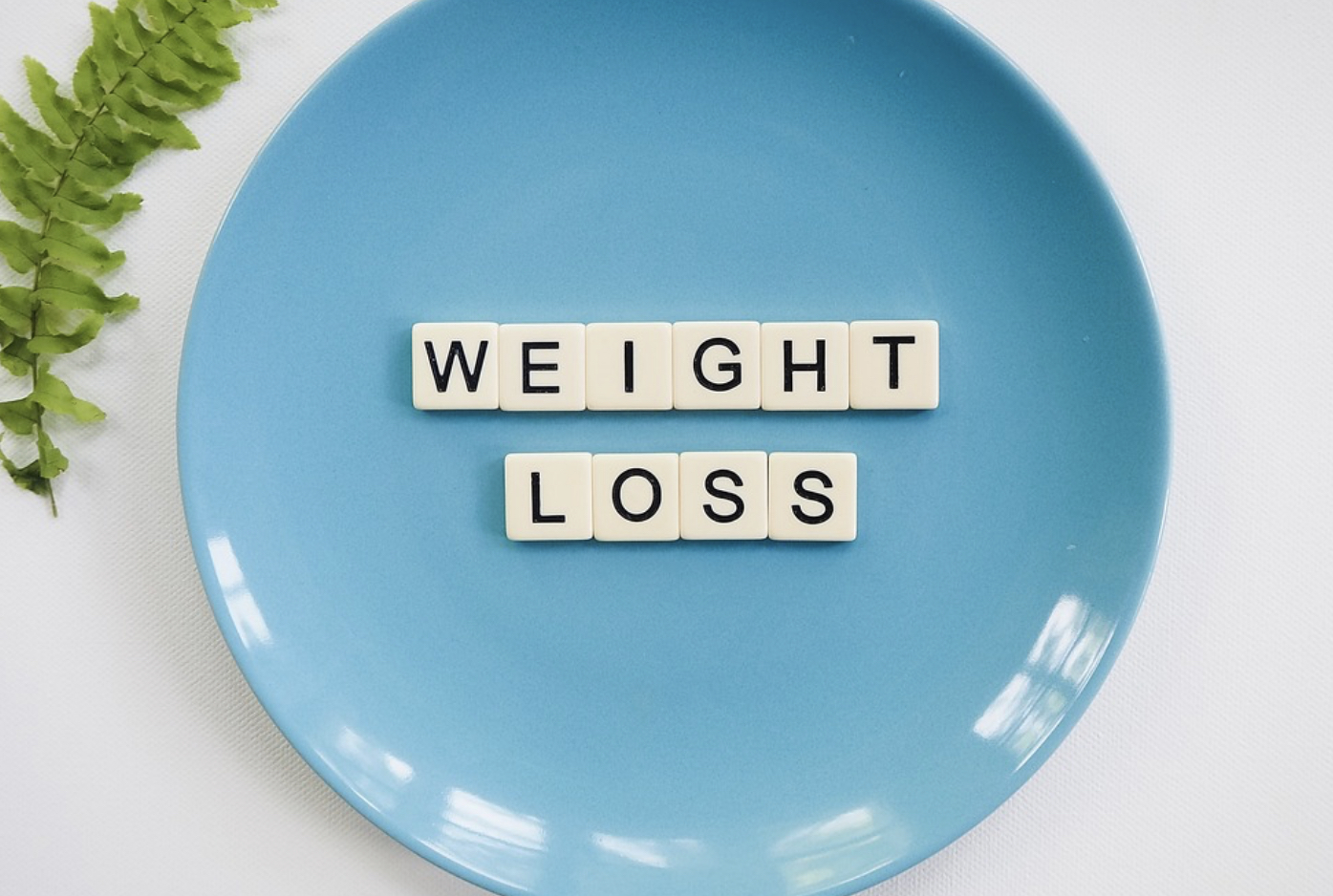
How long should I cycle to lose belly fat?
Cycling can be a great form of exercise for burning calories and losing body fat, including belly fat.
However, the amount of time you need to cycle to see results can vary depending on a variety of factors, including your current fitness level, diet, and other lifestyle habits.
In general, experts recommend that adults get at least 150 minutes of moderate-intensity aerobic exercise per week, such as cycling.
This translates to about 30 minutes of cycling per day, five days a week.
To specifically target belly fat, you may want to incorporate interval training into your cycling routine. This involves alternating periods of high-intensity cycling with periods of lower-intensity recovery. Research has shown that interval training can be more effective at reducing body fat, including belly fat, than steady-state exercise.
Lets look a little deeper:
How long does it take for cycling to reduce belly fat?
The time it takes for cycling to reduce belly fat can vary depending on a number of factors, such as your starting fitness level, your diet, and your overall lifestyle habits. It’s important to keep in mind that reducing belly fat requires a combination of regular exercise, a healthy diet, and overall lifestyle changes.
In terms of exercise, cycling can be an effective way to burn calories and reduce overall body fat, including belly fat.
However, the specific amount of time it takes to see results can vary.
It’s generally recommended that adults get at least 150 minutes of moderate-intensity aerobic exercise per week, such as cycling. This could mean cycling for 30 minutes a day, five days a week.
In addition, incorporating interval training into your cycling routine may help to target belly fat more effectively.
This involves alternating periods of high-intensity cycling with periods of lower-intensity recovery. Research has shown that interval training can be more effective at reducing body fat, including belly fat, than steady-state exercise.
However, it’s important to keep in mind that reducing belly fat is not just about exercise. It also requires making changes to your diet and overall lifestyle habits.
This may include eating a healthy, balanced diet, reducing stress levels, and getting enough sleep. With consistent effort and the right approach, you can start to see results over time.
How often should you cycle to lose belly fat?
To lose belly fat through cycling, it’s recommended to cycle on a regular basis. The exact frequency will depend on your individual goals, fitness level, and schedule.
In general, it’s recommended that adults get at least 150 minutes of moderate-intensity aerobic exercise per week, such as cycling.
This can be spread out over several days, depending on your schedule and preferences. For example, you could cycle for 30 minutes a day, five days a week.
In addition to regular aerobic exercise, it’s also recommended to incorporate strength training into your routine to build lean muscle mass.
Building muscle can help boost your metabolism and burn more calories, which can help with weight loss and reducing belly fat.
It’s important to remember that reducing belly fat requires a combination of regular exercise, a healthy diet, and overall lifestyle changes.
This may include making changes such as reducing your intake of processed and sugary foods, eating more fruits and vegetables, and managing stress levels. With consistency and dedication, you can start to see results over time.
How soon will I see results from cycling?
The time it takes to see results from cycling can vary depending on several factors, including your starting fitness level, your diet, and the frequency and intensity of your cycling workouts.
If you’re just starting out, you may begin to notice some initial improvements in your fitness level within a few weeks of starting a cycling routine.
For example, you may find that you’re able to cycle for longer periods of time or at a higher intensity without feeling as tired or winded.
In terms of weight loss and reducing belly fat, it may take longer to see results. It’s important to keep in mind that reducing body fat is a gradual process and requires a combination of regular exercise, a healthy diet, and overall lifestyle changes.
Depending on your starting point, it may take several weeks or even months to see significant changes in your body composition.
That being said, if you’re consistent with your cycling routine and making healthy choices in other areas of your life, you can start to see positive changes over time. It’s also important to remember that everyone’s body is different, so the rate at which you see results may vary.
Does cycling change your body shape?
Yes, cycling can change your body shape. Regular cycling can help to build lean muscle mass in your legs, glutes, and core, which can lead to a more toned and defined appearance.
Cycling is also a cardiovascular exercise, which can help to burn calories and reduce overall body fat, including belly fat.
In addition to physical changes, cycling can also have a positive impact on your overall health and well-being. It can help to improve your cardiovascular health, reduce stress levels, and boost your mood.
Why am I gaining weight cycling?
There are several reasons why you might be gaining weight while cycling, despite it being a form of exercise that can promote weight loss. Here are some possible reasons:
- Overcompensation: If you’re burning a lot of calories through cycling, you may feel like you can eat more than usual. However, if you’re consuming more calories than you’re burning, you may end up gaining weight.
- Muscle gain: Cycling can help to build lean muscle mass in your legs, glutes, and core. Muscle weighs more than fat, so if you’re gaining muscle while losing fat, you may notice that your weight stays the same or even goes up slightly.
- Fluid retention: Intense exercise, such as cycling, can cause your muscles to retain water as they repair and rebuild. This can lead to temporary weight gain.
- Medical conditions: Certain medical conditions or medications can cause weight gain or make it difficult to lose weight, even with exercise. If you’re concerned about your weight gain, it may be worth speaking with your doctor.
If you’re gaining weight while cycling, it may be helpful to take a closer look at your diet and overall lifestyle habits. Are you eating a balanced and healthy diet?
Are you getting enough sleep? Are you managing stress levels? Making changes in these areas can help to support your weight loss goals while still enjoying the benefits of cycling.






